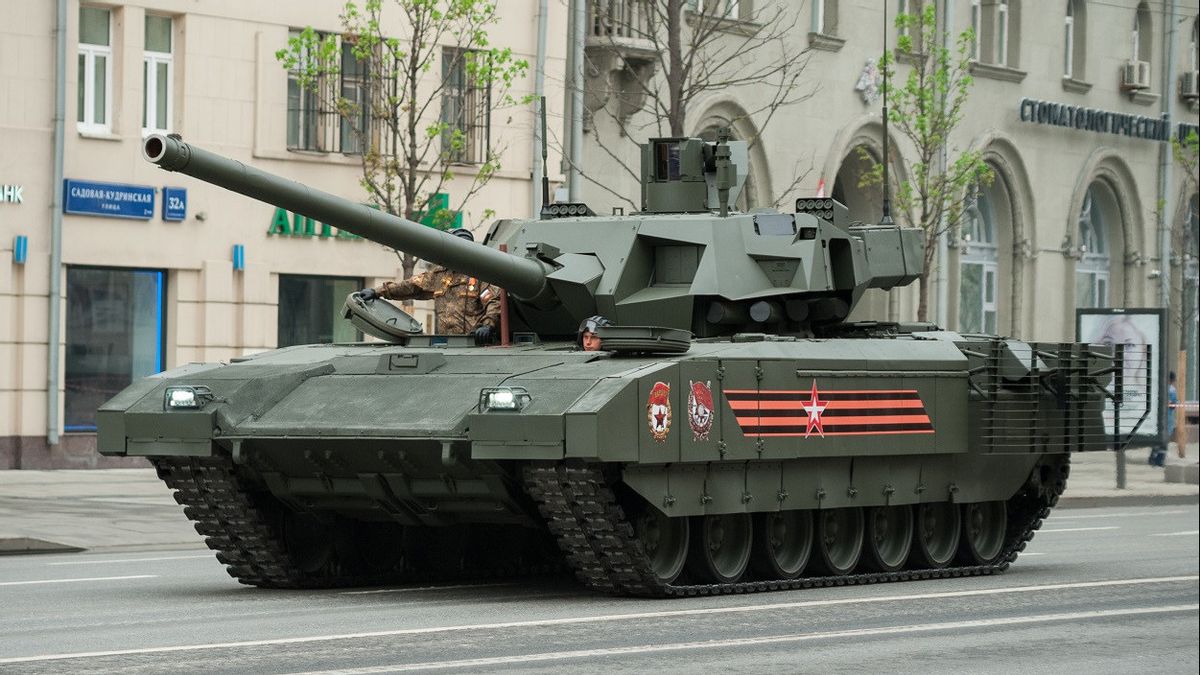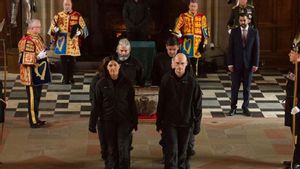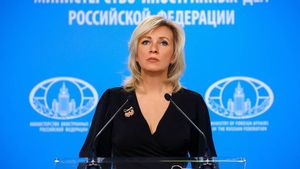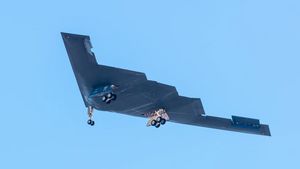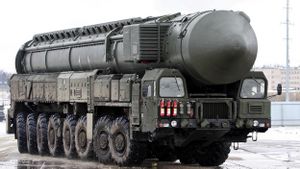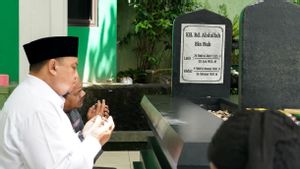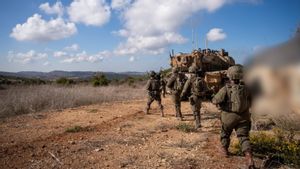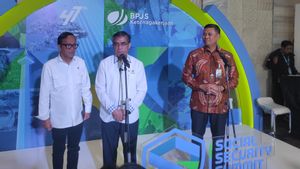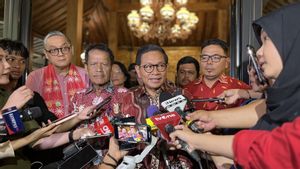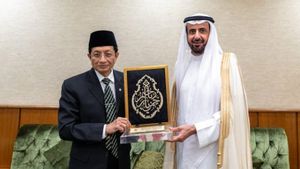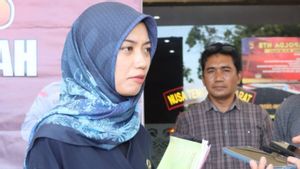JAKARTA - The Russian military began using its new T-14 Armata battle tanks to engage Ukrainian positions "but they have not yet participated in direct assault operations," state news agency RIA reported on Tuesday.
RIA said the tanks had been fitted with extra protection to their flanks and the crews had undergone "combat coordination" at a training ground in Ukraine.
The T-14 tank has an unmanned turret, with the crew controlling the armament remotely in an "isolated armored capsule located at the front of the hull."
The tank has a maximum road speed of 80 kilometers (50 miles) per hour, RIA reported.
In January, British military intelligence reported that Russian troops in Ukraine were reluctant to accept the first stage of the tanks due to their "poor condition".
The report also said deploying the T-14 would likely be a "high-risk decision" for Russia, and a decision taken primarily for propaganda purposes.
"Production may only be in low numbers, while commanders are unlikely to trust the vehicle in battle," said the British military, launching Reuters April 25.

"Eleven years in development, the program has suffered from delays, from planned fleet reductions to reports of manufacturing problems," the report continued.
It is known that the Kremlin ordered the production of 2,300 tanks - the first of which were launched in 2015 - by 2020. However, this was later extended to 2025, according to Russian media reports.
The Interfax news agency reported in December 2021 that state conglomerate Rostec had started production of around 40 tanks, with deliveries anticipated after 2023.
Before the first T-14 went into production in 2015, Russia's most modern tank, the T-90, was a heavily upgraded version of the 1970s-era T-72 and was designed based on its chassis, citing The National News.
The T-72 evolved from the T-64, which had a revolutionary autoloading system which meant there was no need for a crew member in the turret to load the main gun. This enabled the high rate of fire and low profile characteristic of the T-72 and subsequent Russian tanks.
The T-14 builds on the idea of a more efficient semi-automatic combat vehicle by having a non-detachable turret, maximizing protection for the crew.
SEE ALSO:
Russia is considered by some analysts to be a country lacking in armor to fight in Ukraine, and has removed obsolete tanks, including the T-55 and T-62 made in the 1950s and 60s, from warehouses and send it to the war zone.
Meanwhile, some observers of the conflict said this was a lull, meant to buy time before more advanced tank reserves could be deployed.
Analysts say the sanctions have prevented Russia from procuring critical components for tank guns, suspensions and other engine parts, such as ball bearings, most of which come from Western countries.
The English, Chinese, Japanese, Arabic, and French versions are automatically generated by the AI. So there may still be inaccuracies in translating, please always see Indonesian as our main language. (system supported by DigitalSiber.id)
